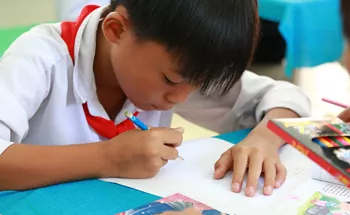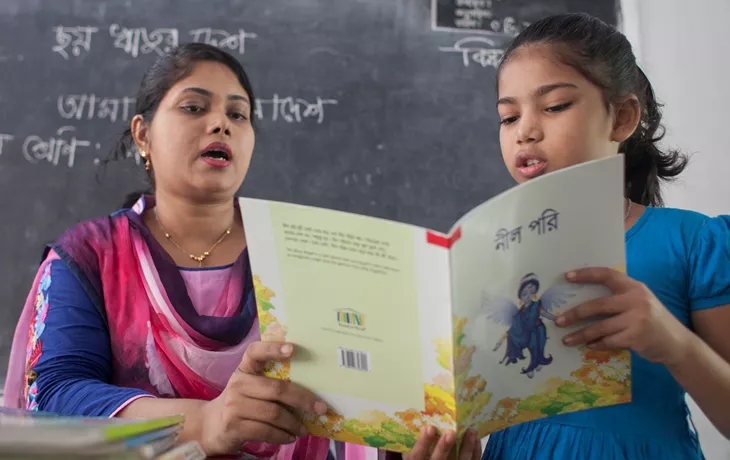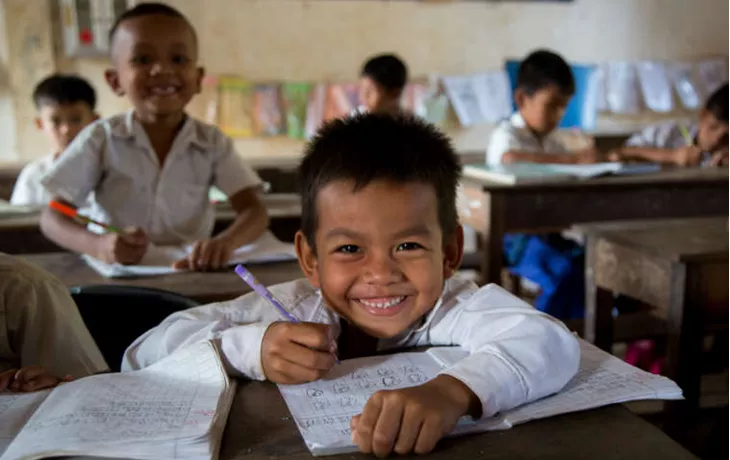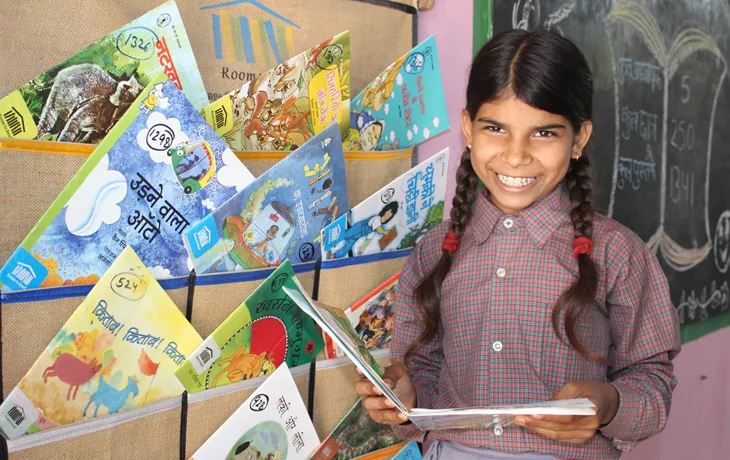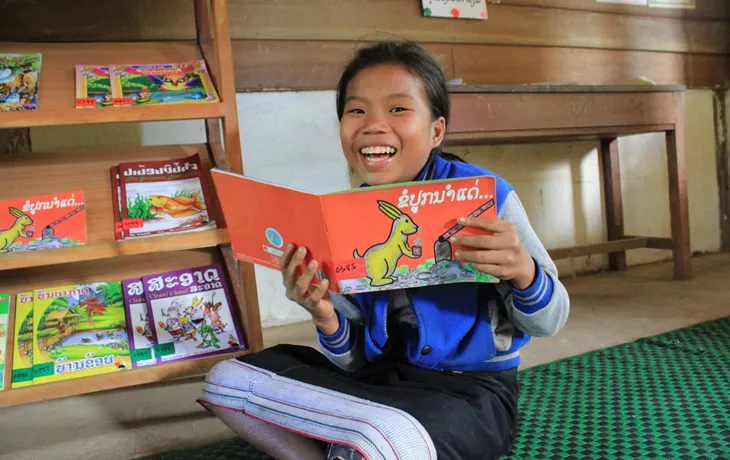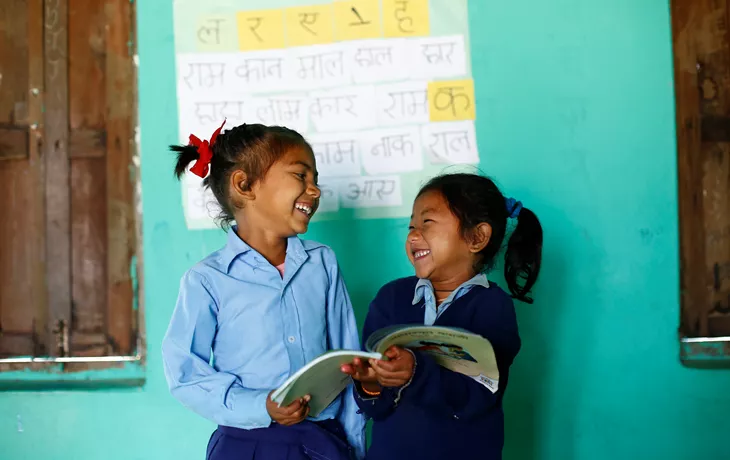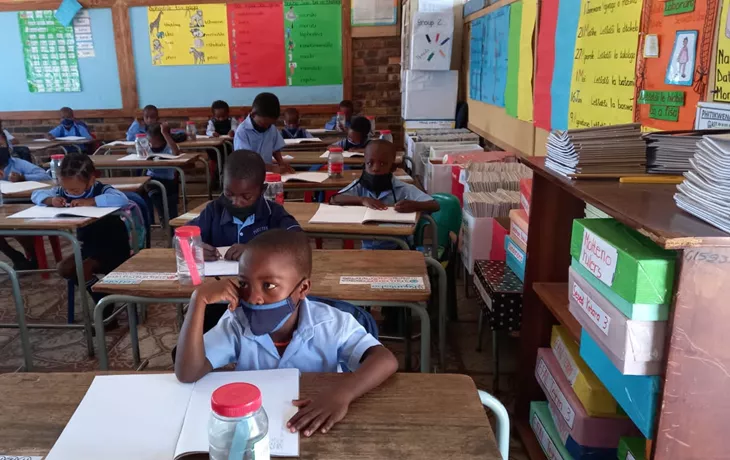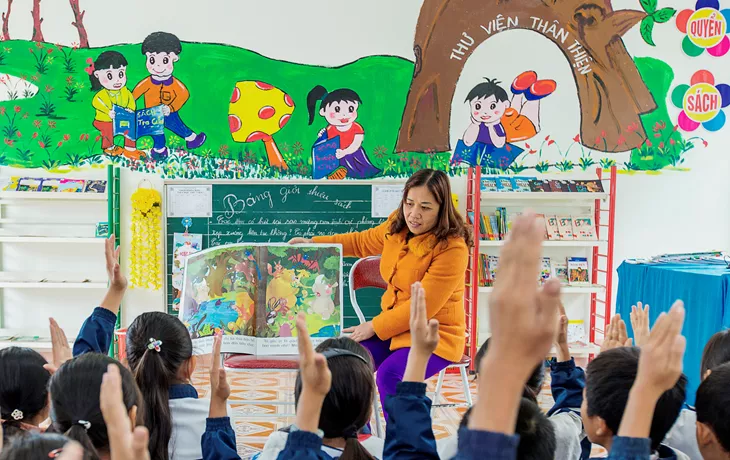Working in historically low-income regions, Room to Read Vietnam's Literacy Program’s library model has been replicated by other schools and welcomed by government partners. Our Girls’ Education Program spreads best practices in mentoring, builds life skills and encourages parental engagement.

Vietnam
Class divide and increased costs disadvantage many
Over the past decades, Vietnam has focused on the modernization of its education system to achieve further economic growth. The government has increased its education spending, which stood at 14 percent in 2018, after peaking at 19 percent in 2012 (World Bank). Education is free and compulsory for children until the age of 11 in Grade 5. However, UNESCO reports that current reforms seek to universalize and extend compulsory education until age 15 in Grade 9.
Despite these efforts, there are also significant additional educational costs that contribute to inequalities across regions. Students from historically low-income, rural and ethnic backgrounds such as those who reside in the Mekong Delta and Highland regions, are more likely to drop out between 6-15 years of age.
Based on a recent UNESCO report, many primary schools charge a variety of supplementary fees for textbooks, uniforms and other materials, and secondary schools are allowed to charge tuition and other fees. In addition, many parents pay for private lessons for their children to ensure academic success. This causes children from families in under-resourced communities — such as economically disadvantaged ethnic minorities — to fall behind and be unable to attend school regularly. Therefore, there is a large gap in education access and achievement.
Become a Monthly Investor

